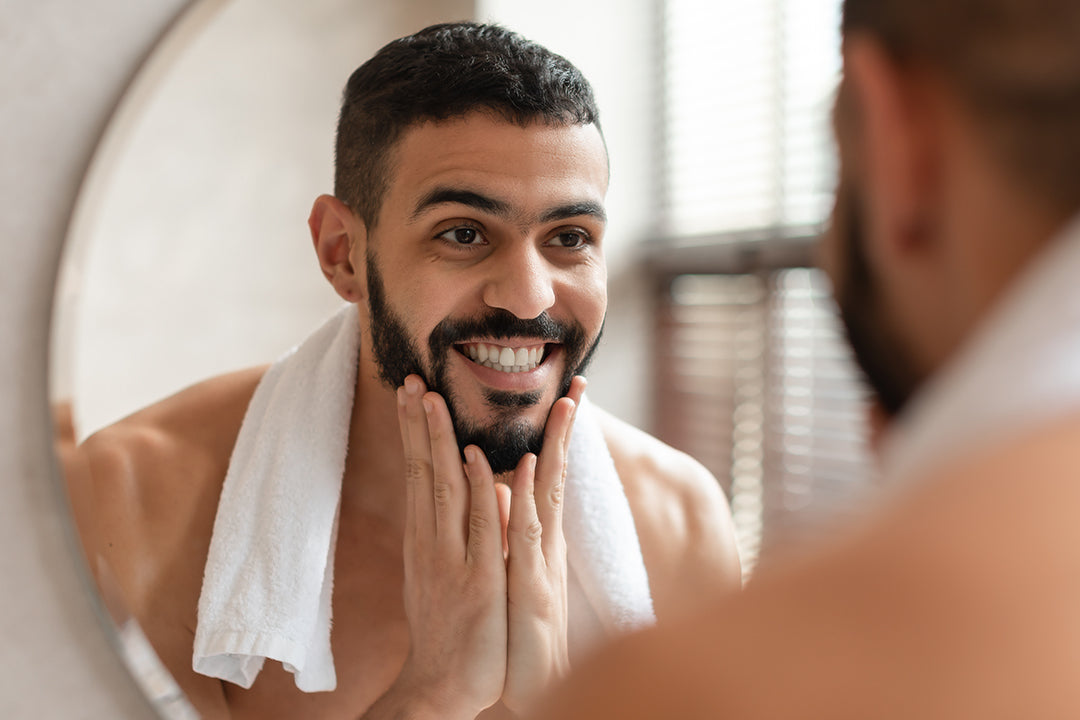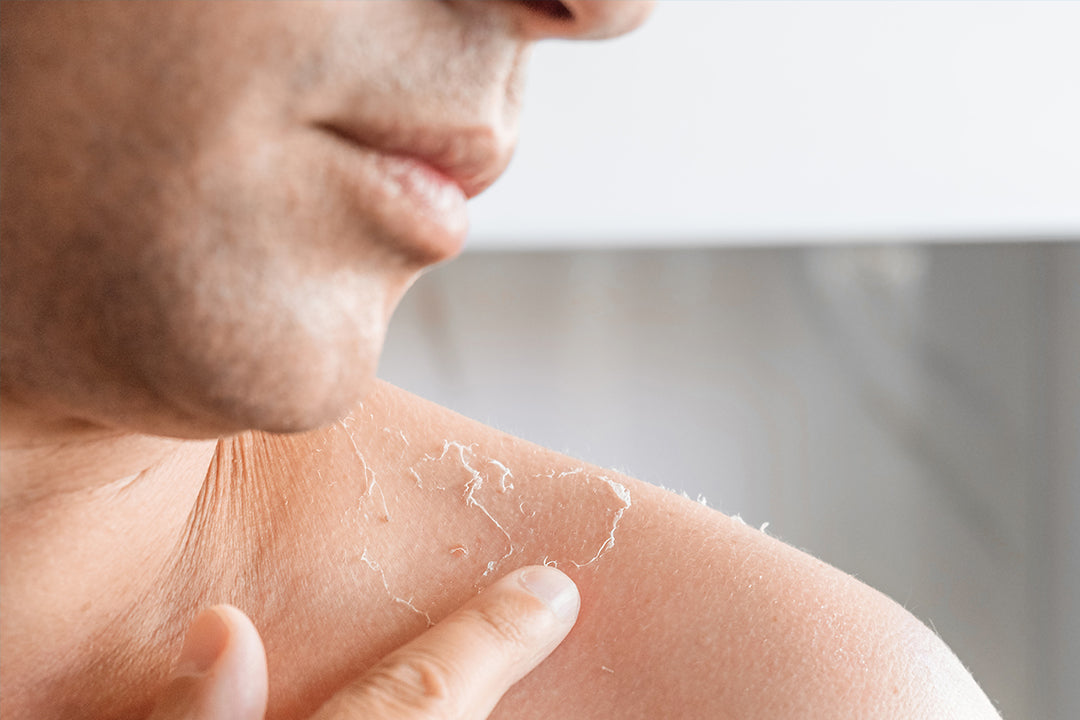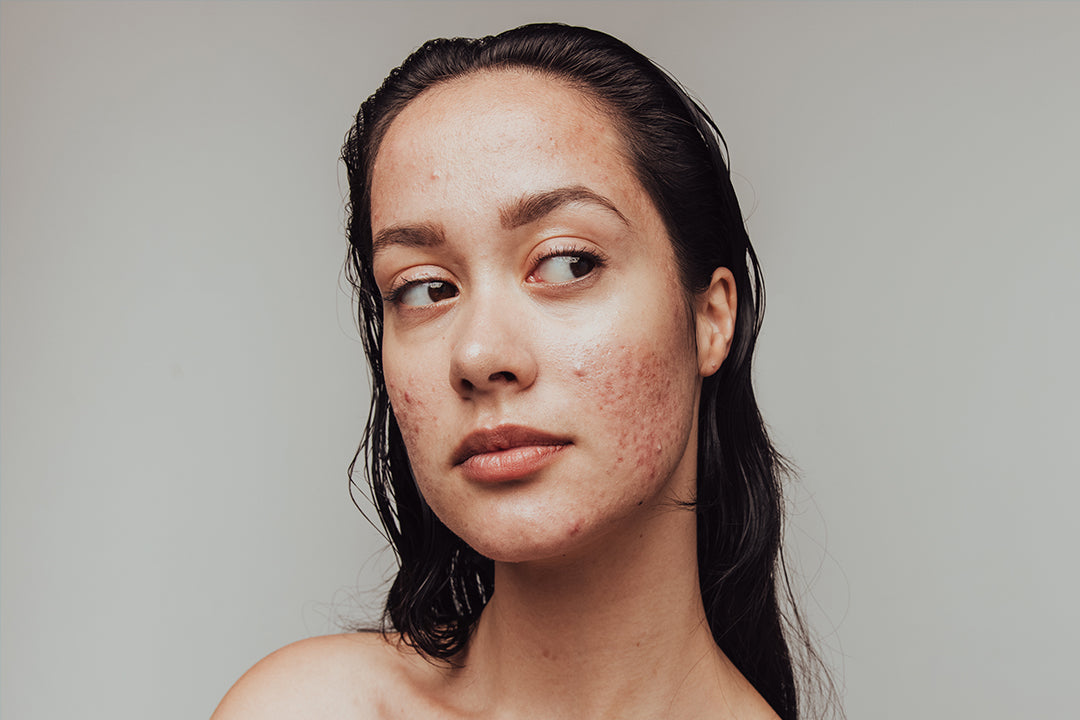Facial warts can be a source of embarrassment and discomfort. If you're tired of dealing with these stubborn growths, cantharidin treatment may be the solution you've been looking for. In this comprehensive guide, we'll explore the effectiveness and safety of cantharidin for treating facial warts, as well as provide you with important information on its application, treatment schedule, and expected outcomes.
What is Cantharidin?
Cantharidin is a natural compound derived from blister beetles. It has long been used as a topical treatment for various dermatological conditions, including warts. Its primary mode of action is its blistering effect, which helps to remove warts by causing the skin to lift and detach from the underlying tissue.
Cantharidin Treatment for Facial Warts: A Preliminary Study
A preliminary study published on PubMed investigated the effectiveness of cantharidin treatment for recalcitrant facial flat warts. The study found that cantharidin is safe and effective when applied to flat warts without occlusion for 4-6 hours every 3 weeks until clear. This study provides promising evidence for the use of cantharidin in treating facial warts.
How Does Cantharidin Work?
Cantharidin works by causing a blistering effect on the skin. When applied to the surface of a wart, it penetrates the wart tissue and induces the formation of a blister. This blister separates the wart from the healthy skin, allowing it to be easily removed. The process is relatively painless and typically does not require any anesthesia.
Cantharidin Treatment Procedure
The cantharidin treatment procedure is relatively simple and can be performed in a dermatologist's office. Here's what you can expect during the treatment:
- The affected area will be cleansed thoroughly to ensure proper application.
- The cantharidin solution will be applied directly to the warts using a cotton swab or applicator.
- You will be advised to leave the solution on for 4-6 hours without occlusion.
- After the designated time, the area will be cleansed again to remove the cantharidin solution.
- A blister will form over the next 24-48 hours.
- The blister will eventually dry out and fall off, taking the wart with it.
Treatment Schedule and Duration
The treatment schedule for cantharidin may vary depending on the severity of your facial warts. In general, it is recommended to repeat the treatment every 3 weeks until the warts are completely clear. Your dermatologist will determine the optimal duration of treatment based on your individual needs.
Expected Outcomes and Results
Cantharidin treatment has shown promising results in the removal of facial warts. Many patients experience complete clearance of their warts after a few treatment sessions. However, individual results may vary, and it is important to follow your dermatologist's instructions for the best outcome.
Cantharidin for Molluscum and Other Types of Viral Warts
In addition to facial warts, cantharidin has also been found to be a safe and effective treatment for molluscum and other types of viral warts. If you are struggling with these conditions, cantharidin may be a viable treatment option for you.
Takeaways
If you're dealing with facial warts and seeking an effective treatment option, cantharidin may be the solution you've been looking for. Its blistering effect helps to remove warts without causing significant pain or discomfort. Consult with a dermatologist to determine if cantharidin treatment is suitable for your specific case. Say goodbye to facial warts and hello to clear, healthy skin!









